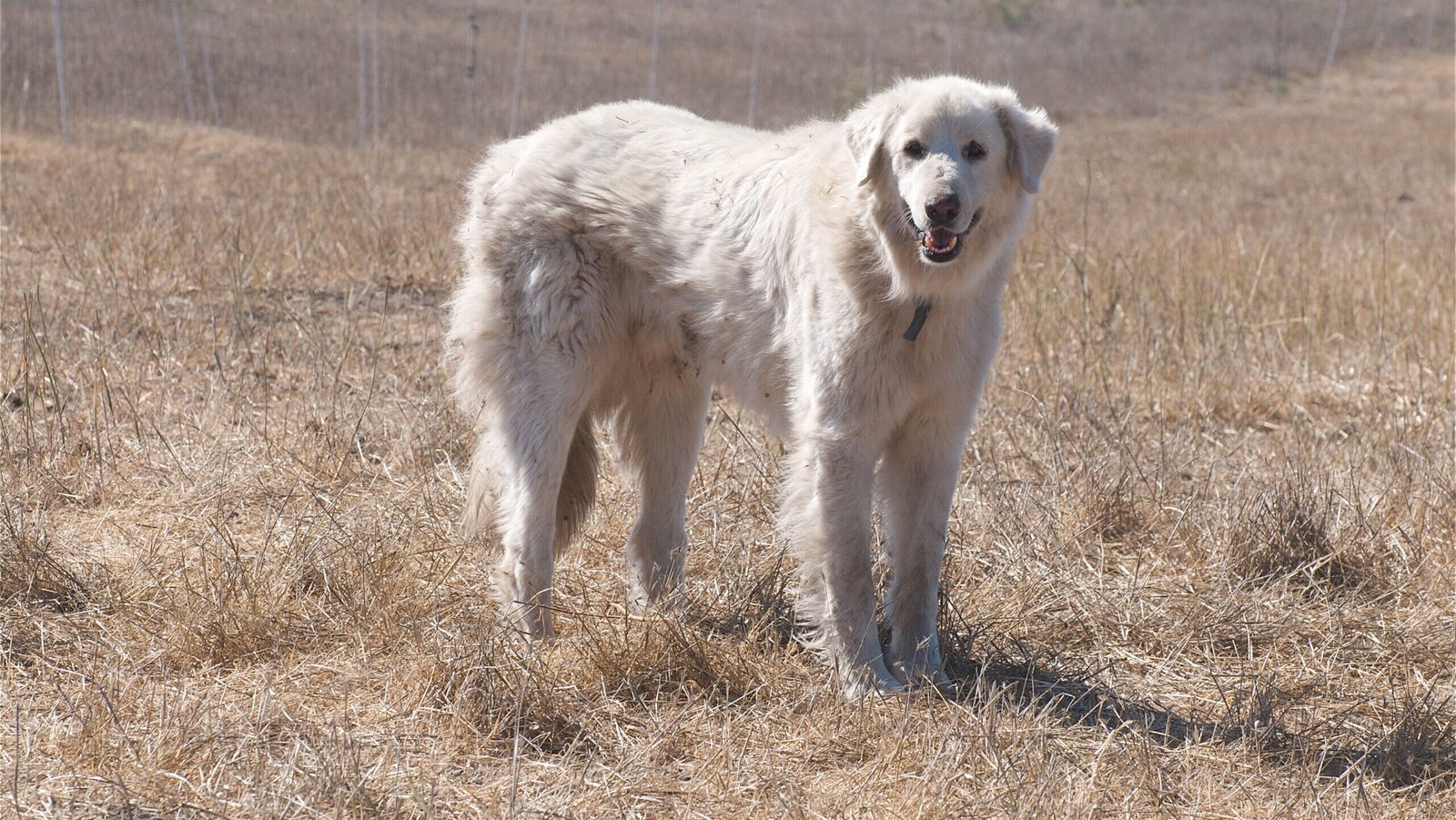The story of the Akbash dog dates back thousands of years, tracing its roots to the rugged terrains of Turkey. This breed was primarily developed to serve as a livestock guardian, a role it has excelled in for centuries. The name “Akbash” itself translates to “white head” in Turkish, a fitting description given their striking white coats. These dogs were selectively bred to protect flocks from predators like wolves and bears, a task that required both courage and intelligence. Their origins are deeply intertwined with the pastoral cultures of Turkey, where the Akbash was and still is considered an invaluable asset to shepherds. The breed’s history is a testament to its resilience and adaptability in harsh environments.
Origins of the Akbash Dog
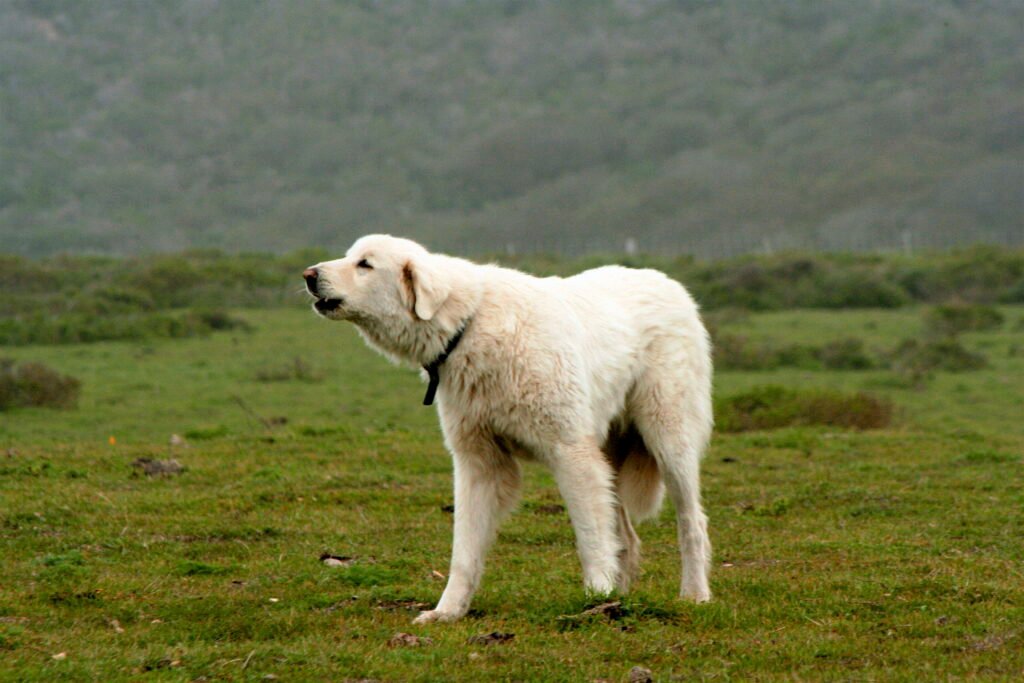
The Akbash’s lineage suggests a mix of various ancient breeds, leading to its unique combination of traits. Some theories propose that the Akbash shares ancestry with mastiffs and sighthounds, contributing to its size and agility. This blend of characteristics makes the Akbash not only a capable guardian but also a loyal companion. Their historical significance is mirrored in their continued use in rural communities, where they maintain their traditional role as protectors. Understanding the origins of the Akbash provides insight into their instincts and behaviors, which have been honed over generations.
Physical Characteristics
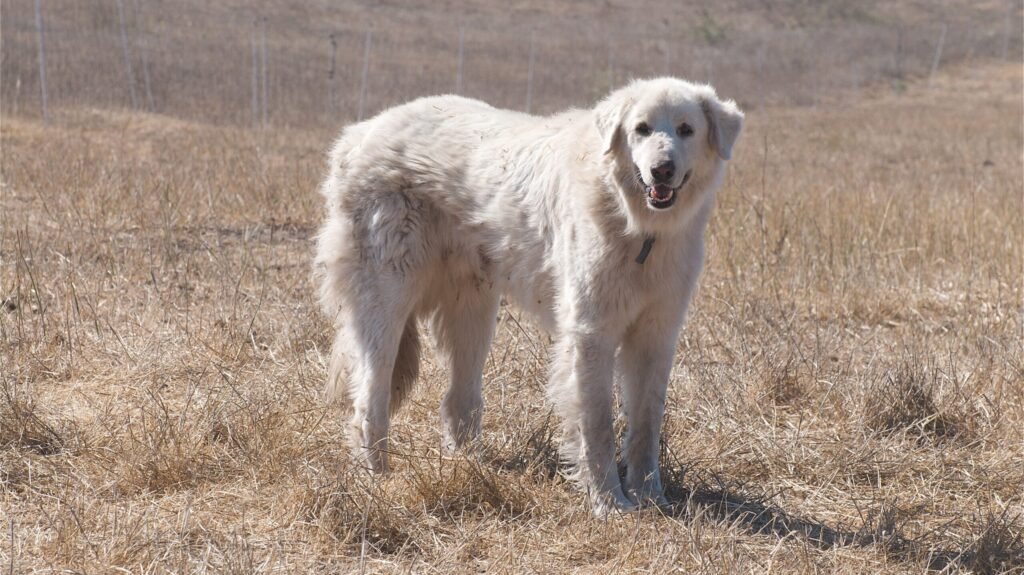
The Akbash dog is easily recognizable by its large, sturdy frame and pristine white coat, which serves as a camouflage in snowy terrains. Typically, these dogs stand between 28 to 34 inches tall at the shoulder and can weigh anywhere from 75 to 140 pounds. Their muscular build is balanced with a certain elegance, making them both powerful and graceful. The coat of the Akbash is double-layered, providing insulation against harsh weather conditions, a vital trait for a breed that often works in mountainous regions.
One notable feature of the Akbash is its expressive eyes, which are usually dark brown or amber and convey a sense of intelligence and alertness. The ears are V-shaped and hang down, while the tail is long and often carried low. Despite their size, Akbash dogs move with an effortless gait, reflecting their agility and endurance. These physical attributes are not merely for appearance; they play a crucial role in the dog’s ability to perform its duties effectively. The Akbash’s form is a perfect blend of strength and functionality, tailored to its role as a guardian.
Temperament and Personality
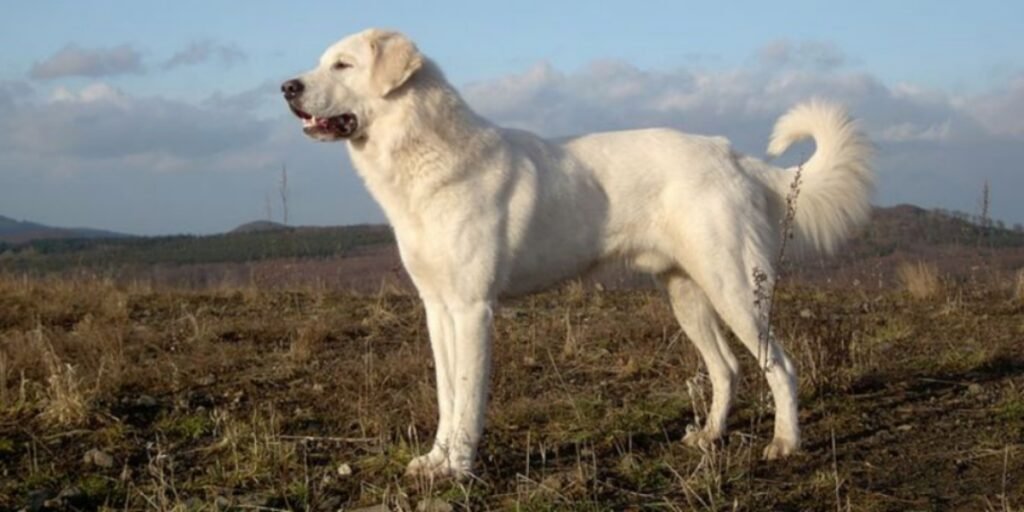
Akbash dogs are renowned for their calm and dignified demeanor, embodying a sense of quiet confidence. They are fiercely independent, a trait that stems from their history as solitary guardians of livestock. Despite this independence, they form strong bonds with their human families and are known for their loyalty and protective nature. This breed is naturally wary of strangers, which makes them excellent watchdogs, but they are not aggressive without reason.
Their temperament is often described as gentle and thoughtful, especially around children and other animals. Akbash dogs possess a keen intelligence, allowing them to assess situations and make decisions on their own. This can sometimes be mistaken for stubbornness, but in reality, it reflects their instinctive ability to evaluate threats. Owners of Akbash dogs appreciate their balanced personality, which combines vigilance with a loving disposition. Understanding their temperament is key to nurturing a harmonious relationship with these majestic guardians.
Training and Socialization
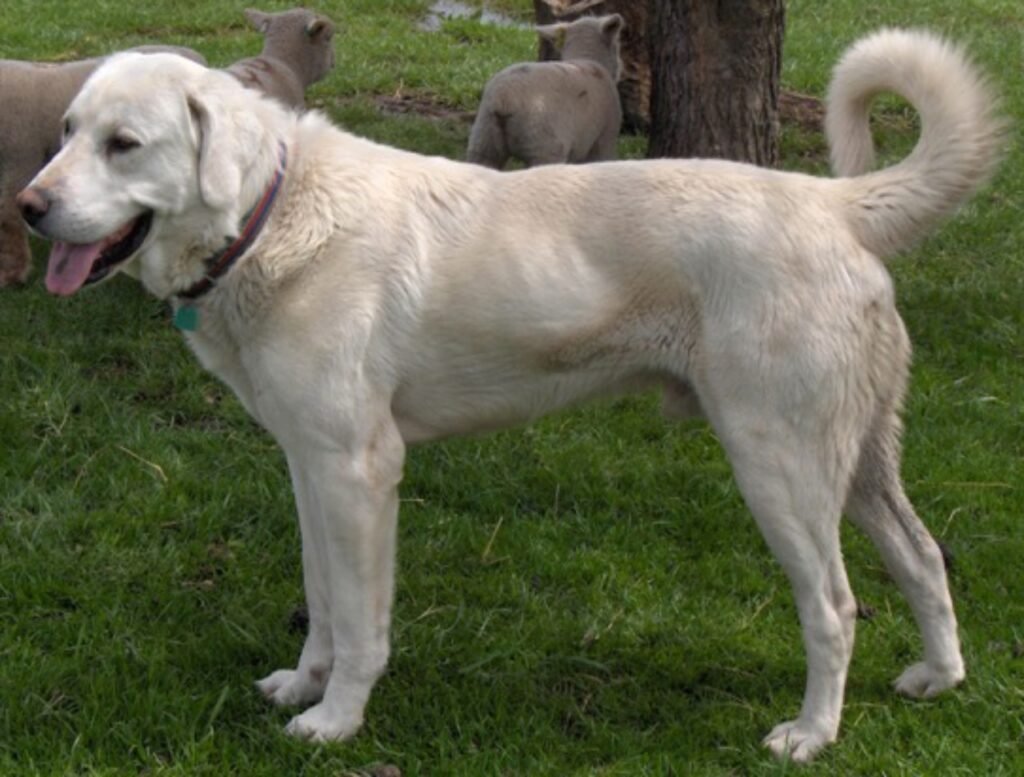
Training an Akbash dog requires patience and consistency, as their independent nature can sometimes pose challenges. Early socialization is crucial to ensure they grow into well-rounded adults. Introducing them to various environments, people, and other animals helps mitigate their natural wariness. Positive reinforcement techniques work best with Akbash dogs, as they respond well to encouragement and rewards.
Given their intelligence, Akbash dogs can excel in obedience training when approached with the right methods. It’s important to establish a bond of trust and respect, as harsh training methods can lead to resistance. Socialization should begin at a young age, ideally in a controlled and safe setting. This breed is not naturally aggressive, but proper training ensures they can discern between friend and foe effectively. With time and effort, the Akbash can become a well-mannered and obedient companion.
Health and Lifespan
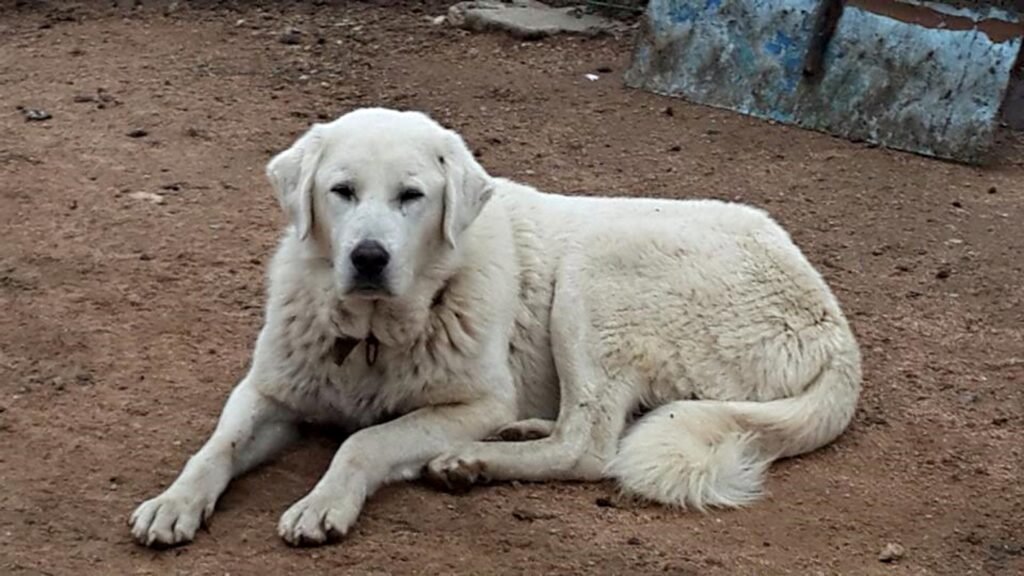
The Akbash dog is generally a healthy breed, with a lifespan ranging from 10 to 12 years. However, like all breeds, they are prone to certain health issues. Common concerns include hip dysplasia and hypothyroidism, conditions that can affect their quality of life if not managed properly. Regular veterinary check-ups and a balanced diet are essential to maintaining their health.
Preventative care, such as vaccinations and routine screenings, play a vital role in ensuring a long and healthy life for the Akbash. Owners should be vigilant for any signs of discomfort or illness, as early detection can prevent more serious complications. Maintaining an active lifestyle is also important, as it helps keep their weight in check and supports joint health. With the right care, the Akbash can enjoy a robust and fulfilling life, continuing to serve as a loyal companion.
Diet and Nutrition
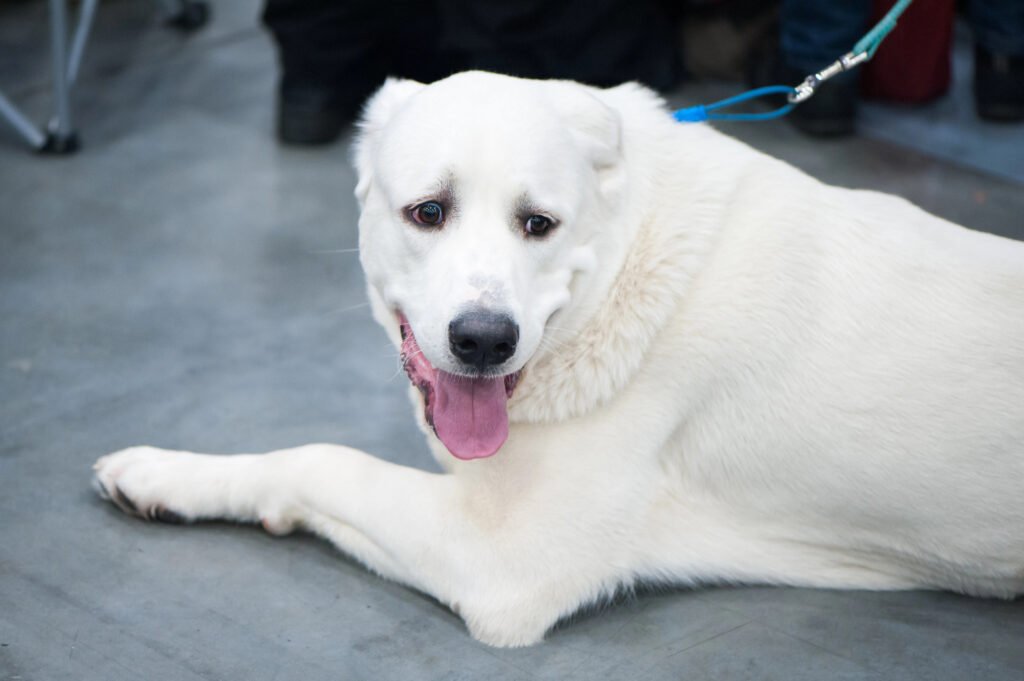
Proper nutrition is a cornerstone of the Akbash dog’s health and well-being. As a large and active breed, they require a diet that meets their energy needs while supporting their growth and development. High-quality dog food, rich in protein and essential nutrients, is recommended to sustain their muscular build and overall vitality. Portion control is essential to prevent obesity, a common concern for larger breeds.
Incorporating fresh fruits and vegetables can provide additional vitamins and minerals, promoting a balanced diet. Owners should be mindful of the Akbash’s caloric intake, adjusting portions based on their activity level and age. Hydration is equally important, particularly for dogs that spend a lot of time outdoors. Consulting with a veterinarian can help tailor a diet plan that suits the specific needs of the Akbash, ensuring they thrive in their role as guardians.
Exercise Needs
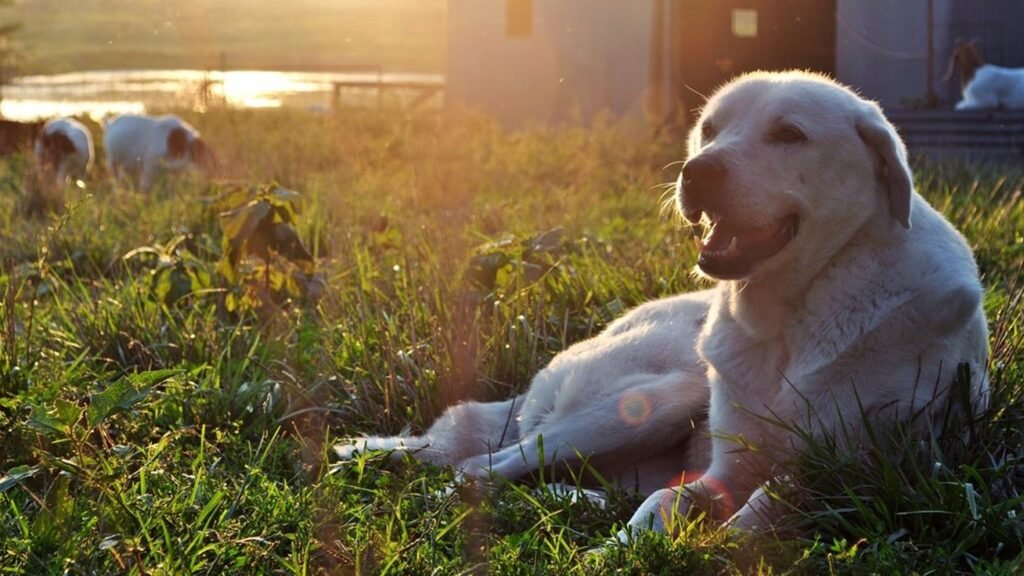
Akbash dogs have moderate exercise needs, requiring daily physical activity to maintain their health and happiness. While they are not hyperactive, they do enjoy long walks and opportunities to roam in open spaces. Given their history as working dogs, they benefit from activities that engage both their mind and body. A securely fenced yard provides a safe environment for them to explore and expend energy.
Mental stimulation is equally important for the Akbash, as their intelligent nature thrives on challenges. Puzzle toys and interactive games can help keep their minds sharp and prevent boredom. Socialization outings, such as visits to dog parks or hiking trails, offer a chance for exercise and interaction with other dogs. Regular exercise not only supports their physical health but also reinforces their bond with their human companions.
Grooming and Maintenance
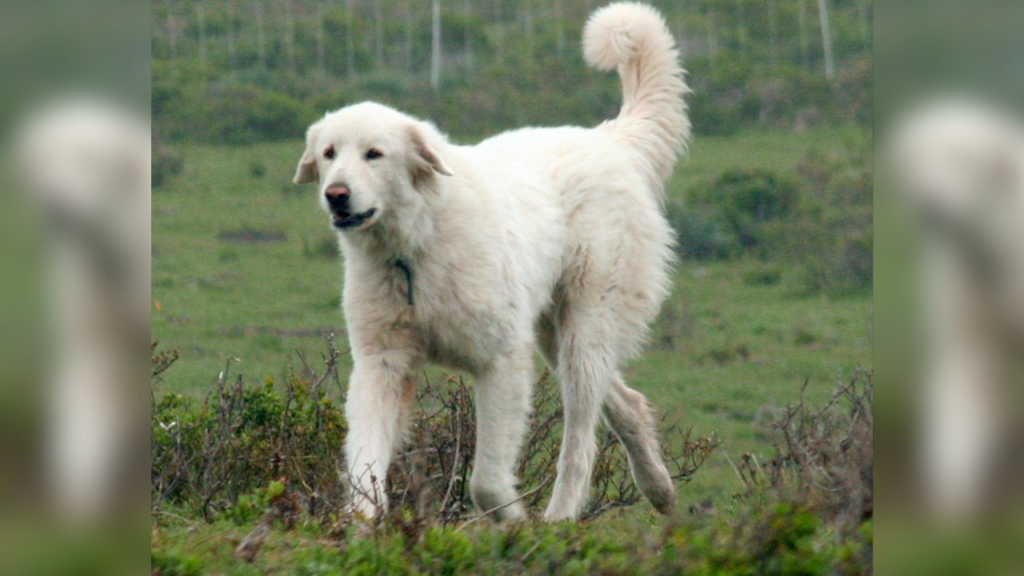
The Akbash dog’s striking white coat requires regular grooming to keep it in top condition. Their double-layered coat sheds moderately, with more intense shedding occurring during seasonal changes. Brushing their fur at least once a week helps remove loose hair and prevents matting, while also distributing natural oils that keep their coat healthy.
Bathing should be done as needed, as over-bathing can strip their coat of essential oils. Attention should also be given to their ears, teeth, and nails as part of their grooming routine. Regular ear cleaning prevents infections, while brushing their teeth helps maintain oral health. Nail trimming is necessary to prevent discomfort and injury. Establishing a grooming routine from an early age helps the Akbash become accustomed to the process, making it an enjoyable bonding experience.
Living with an Akbash Dog
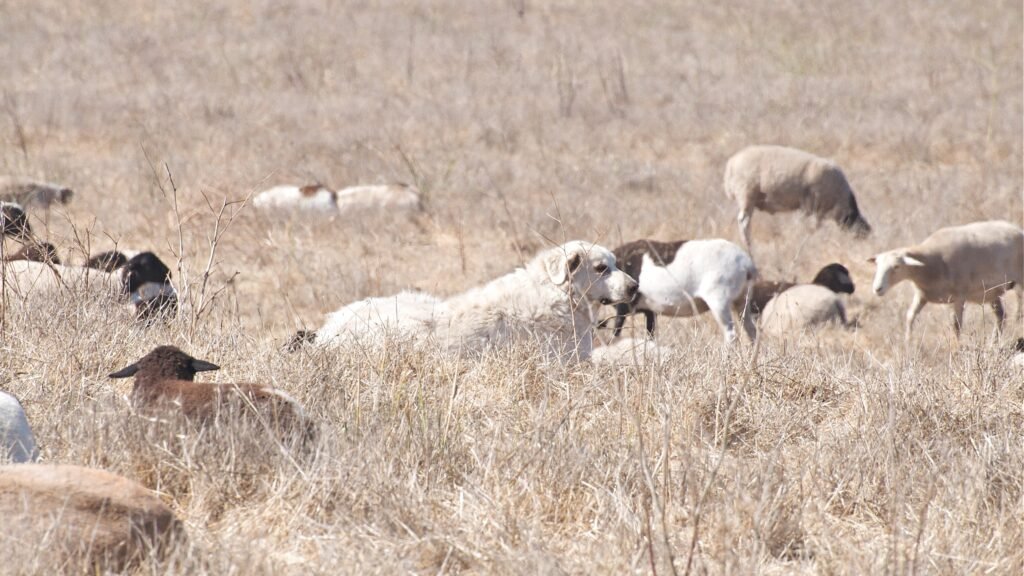
Living with an Akbash dog is a rewarding experience for those who appreciate their unique qualities. They thrive in environments where they have space to roam and a role to fulfill. While they can adapt to various living situations, they are best suited for homes with ample outdoor space. Families that understand their protective nature and are willing to invest time in training will find the Akbash to be a loyal and devoted companion.
These dogs are known to be gentle with children, making them excellent family pets when properly socialized. Their protective instincts extend to their human families, ensuring a sense of security. However, potential owners should be prepared for the responsibility that comes with owning such a large and independent breed. With the right environment and care, the Akbash dog can truly be a cherished member of the household.
The Role of the Akbash Today
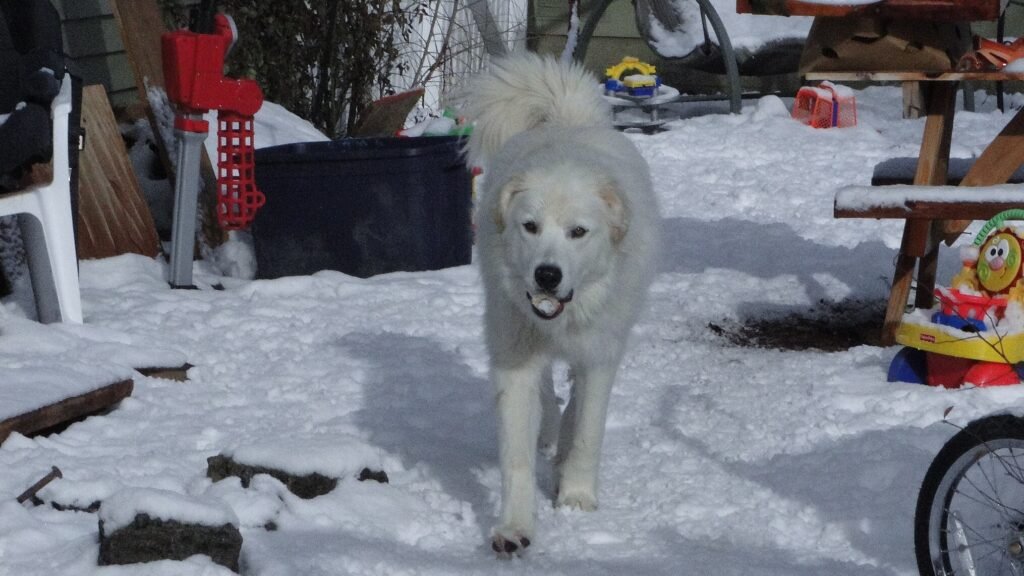
Today, the Akbash dog continues to serve as a guardian, both of livestock and as a family protector. Their traditional role in rural communities remains vital, as they provide an effective deterrent against predators. In addition to their work with livestock, Akbash dogs are increasingly being recognized for their capabilities as therapy and service animals, showcasing their versatility.
Their intelligence and calm demeanor make them suitable for various roles beyond their traditional duties. As awareness of the breed grows, more families are discovering the joys of owning an Akbash dog. Whether as a working dog or a beloved pet, the Akbash continues to embody the qualities that have made it a cherished companion for generations. Their legacy as guardians endures, reflecting their enduring bond with humans.

Born and bred in South Africa, a Capetonian at heart. Amy-Leigh’s love for nature and animals was inherited from her Dad. He loves taking the family on road trips to experience nature at its finest; Amy-Leigh’s favourite being whale watching in Hermanus and spotting Kudu along the West Coast. Amy-Leigh holds a BA in English Literature and Communication Studies.

